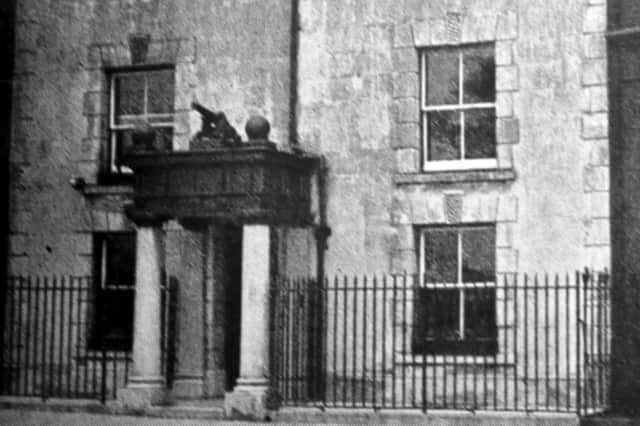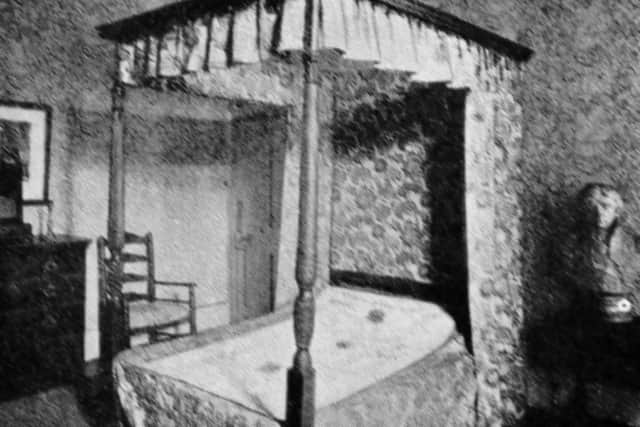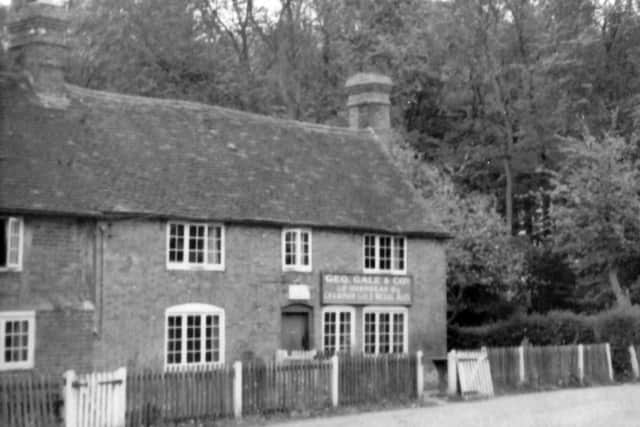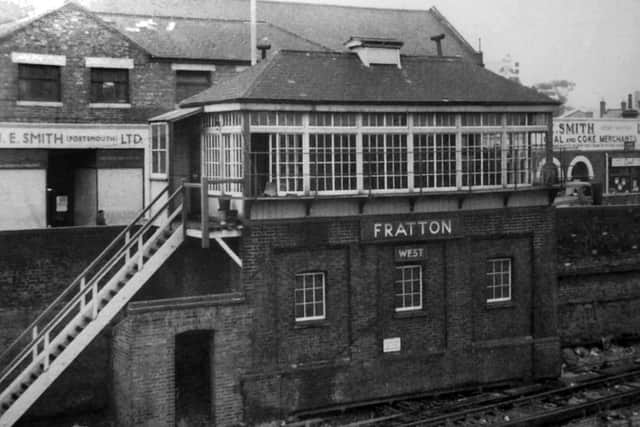Nelson's final walk through Portsmouth '“ Nostalgia


Nelson passed through the still-surviving Landport Gate about 6pm and took his lodgings in The George Hotel in High Street.
In later years the room was called the Nelson Room and no doubt was in great demand by guests.
Advertisement
Hide AdAdvertisement
Hide AdWhether Nelson used the room on several occasions or just on that visit, I don't know. But it is a huge shame that the blitz took this last trace of the great man when it was bombed on January 10, 1941.


Having never seen any photographs of the building after the bombing and how much damage was done I cannot say if anything could have been saved. Was the four-poster bed within the room obliterated?
Nelson tells us in his diary (in his grammar): '˜Having arranged my business, embarked at the Bathing Machines with Mr Rose and Mr Canning at two; got on board the Victory at St Helen's, who dined with me; preparing for sea.' There is some doubt about which route Nelson took after leaving The George by the back way in Penny Street.
His sister, Catherine Matcham, took lodgings in a house at the east end of Pembroke Road which was destroyed during the blitz of 1941. Nelson bade her farewell and he then either passed through King William Gate at the end of what is now Pembroke Road and made his way across the common to the bathing machines which then occupied the site of Clarence Pier.
Advertisement
Hide AdAdvertisement
Hide AdAnother possible route Nelson took was by mounting the fortifications, crossing the moat by a bridge and going on to the King's Bastion and the beach.


Of the two, it appears the latter would have been the best route so he could avoid the attention of the crowds who had turned out to see their hero.
'¢ Most of you will have seen the name Barry Cox on these pages.
Barry is a supreme postcard and old photograph collector. If you would like to contact him about his old photographs, e-mail him at [email protected].
Advertisement
Hide AdAdvertisement
Hide AdBarry recently bought the postcard of the Pack Horse pub, below, but he and I have no clue where it was. Do you?


'¢ Although signal boxes were often named after points of the compass, in reality it meant little.
In this photo, Fratton West is hard against the southern wall of the cutting that was once the canal that ran from Milton to where Portsmouth & Southsea low level station was in Landport.
In the background, across Goldsmith Avenue, all the buildings have now been demolished.
Â